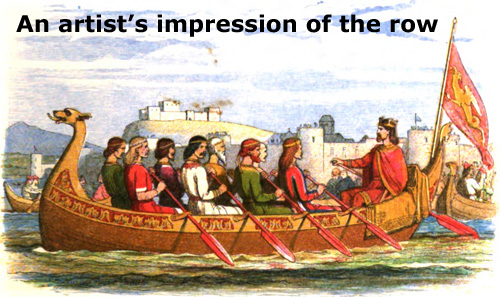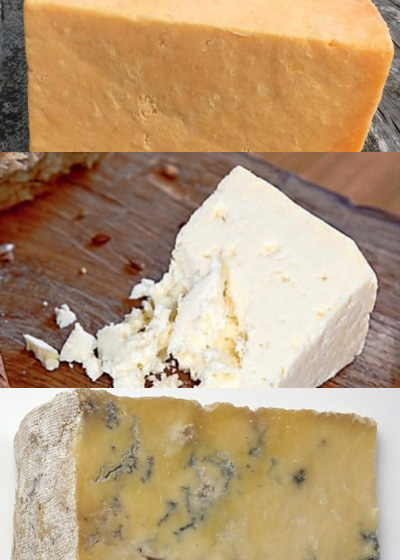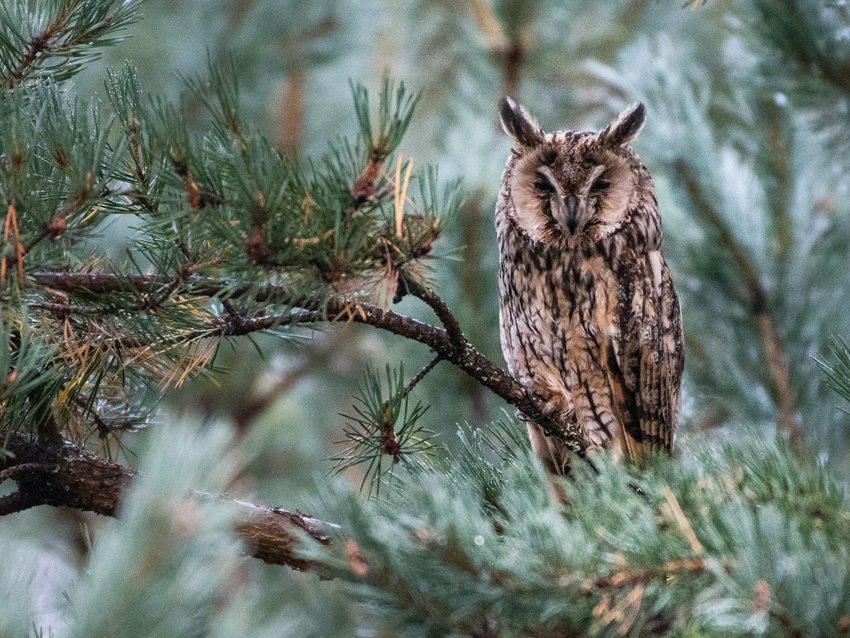




Back to the Cheshire Page

- The Royal Connection
- Cheshire Eats
- Owlbut's Birdwatch
- Cheshire VIPs
 Edgar became King of England in 859AD
on the rather mysterious death of his brother, Edwig. Their father Edmund had also been King and Edgar had two sons, Edward and Ethelred, who also ruled. Just to
fill you in, Ethelred also had a son and he was called Edmund. Had they had one, the typewriter would have worn away the letter E quite quickly. Anyway Edgar was also
the great-grandson of Alfred the
Edgar became King of England in 859AD
on the rather mysterious death of his brother, Edwig. Their father Edmund had also been King and Edgar had two sons, Edward and Ethelred, who also ruled. Just to
fill you in, Ethelred also had a son and he was called Edmund. Had they had one, the typewriter would have worn away the letter E quite quickly. Anyway Edgar was also
the great-grandson of Alfred the Cake Great, so well qualified to rule. He was also known as Edgar the Peacemaker which really needs no explanation, unless he was
mis-named.
Being busy making peace, he somehow overlooked getting himself crowned until 973AD. The ceremony took place in Bath, which isn't in Cheshire, but after
being coronated (maybe I've made up a word here) he travelled to Chester, which is in Cheshire. Here he held court near Handbridge and there he met with the eight
sub-Kings of England, some of whom had been a bit of a problem earlier in his reign. It is said that Edgar made these sub-Kings row him up the Rive Dee to the
monastery of St John the Baptist in a demonstration of his power. The eight were two Kings of Scotland, five Welsh Kings and the King of the Isle of Man.
Edgar's coronation ceremony, devised by Archbishop Dunstan, his close advisor, forms the basis for the present-day ceremony which most of you
will have never seen live but I did, although at 4 years old I'm not sure I remember much, You can read more about Edgar and see his family tree
here.
![]() Back to the top
Back to the top
 There are quite a few counties in England,
and quite a few places, that have given their name to a cheese. We may well end up looking at a few more but for now we are looking at Cheshire Cheese. Cheshire
Cheese is England's oldest named cheese, recorded in the Domesday Book. There is also a legend that a cheese-maker was put to death in Roman times for not revealing
how to make the cheese.
There are quite a few counties in England,
and quite a few places, that have given their name to a cheese. We may well end up looking at a few more but for now we are looking at Cheshire Cheese. Cheshire
Cheese is England's oldest named cheese, recorded in the Domesday Book. There is also a legend that a cheese-maker was put to death in Roman times for not revealing
how to make the cheese.
Cheshire Cheese is a crumbly, salty cheese with a nutty flavour. The salty flavour comes from the salt springs that run under most of the county.
The salt enters the pasture land and thus into the cows' milk from which the cheese is made. Once the milk begins to form into curd, it is torn into small
pieces, passed through a mill and then pressed in moulds for up to two days. The cheese takes between 4 and 8 weeks to ripen, although some are ripened for
up to 15 months. The longer the cheese matures, the sharper the flavour becomes.
There are three main varieties of Cheshire Cheese which you can see on the left. They are red (which is actually yellow), white and blue. It is the largest
selling crumbly cheese in England. The original plain white version accounts for most of the production. The blue version was very popular in London clubs
but production stopped in the late 1980s. However it has recently been revived again.
![]() Back to the top
Back to the top
This is my big-eared brother. He's a medium sized owl. Like me they eat small rodents but also small birds in winter. Unlike me,
long-eared owls are nocturnal and pretty secretive so you may find it hard to ever see one. Some of them in the north of England may be seen when they migrate south
in winter. Actually the ears are not ears but just feathers which they raise when they are alarmed.
They are about 36 cms long, have a wingspan of between 84 and 95 cms and weigh between 210 and 370 grams. There are about 4,000 breeding pairs in England.
Their feathers are black, brown, cream and grey and they have deep orange eyes. Their legs are brown and they have a short, black, hooked beak. They can be found in
woodland, farmland and wetlands.

Seven random people who were born in Cheshire in the last 100 years:-
Chris Evans (Presenter and DJ), Paula Radcliffe (Athlete), Daniel Craig (Actor - James Bond), Kerry Katona (Singer), Ben Ainslie (Yachtsman and Olympic Gold Medalist),
the late David Coleman (Sports Commentator) and Gary Barlow (Singer/Songwriter)
![]() Back to the top
Back to the top

